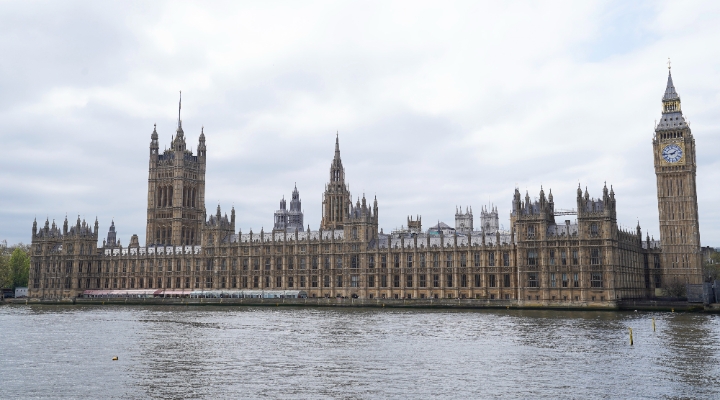
The long-standing post-global financial crisis economic expansion is still intact, though in recent months the pattern of growth has changed, with the fiscal-policy fuelled U.S. tending to do better than other developed economies, an outcome which has been reflected in the relative pattern of share market returns.
The ongoing momentum in the U.S. economy was shown by the latest jobs numbers, which showed that there was a larger-than-expected 213,000-job rise in the number of jobs in June, and although the unemployment rate edged up a little, from 3.8% to 4%, paradoxically that was a positive development.
As economic data company Econoday commented, “The rise in the number of people looking for a job is very good news, indicating that discouraged workers are more confident in their prospects.” Other data since the panel’s meeting has also tended to confirm members’ view of an ongoing global expansion. The latest J.P. Morgan Composite Index, which aggregates business surveys from around the world, found that “Output growth accelerated to a four-month high and was among the best over the past three-and-a-half years.
The solid trend in job creation was also sustained, with the rates of increase achieved since August 2017 better than those registered throughout much of the prior decade.” The IHS Markit Global Sector Index, which uses the same business surveys, showed that global growth was remarkably broad-based in June. All eight broad sectors surveyed grew in the first half of this year, led by technology and industrial businesses, as did all 23 of the more detailed subsectors.
The Economist’s forecasts, a mixture of consensus forecasts and its own, show that growth is also very diversified regionally, with virtually every economy other than Venezuela expected to grow in 2019. But events since have also illustrated some of the heightened risks.
On July 6 a new round of U.S. tariffs went into effect against a range of Chinese imports, and China immediately retaliated with new tariffs of its own. At time of writing, trade experts were pessimistic about the prospect of any improvement in trade relations, and the U.S. was already lining up another tariff package.
There are a wide range of possible challenges; trade wars, monetary policy mistakes at either the Fed or, further down the track, the European Central Bank, high levels of debt and the possibility of financial stress, and geopolitical unknowables. Although some of the potential flashpoints – North Korea, Syria – have been relatively quiet, the geopolitical outlook remains unsettled, with long-established multilateral arrangements – trade agreements, NATO – now under greater threat.
It does not help that the risks arise when global equities, remain expensively valued by historical standards. All going well, economic expansion and profit growth will carry the day, and remains the near-term preferred scenario. But markets are likely to remain volatile as risks – real or feared – periodically affect sentiment.


























